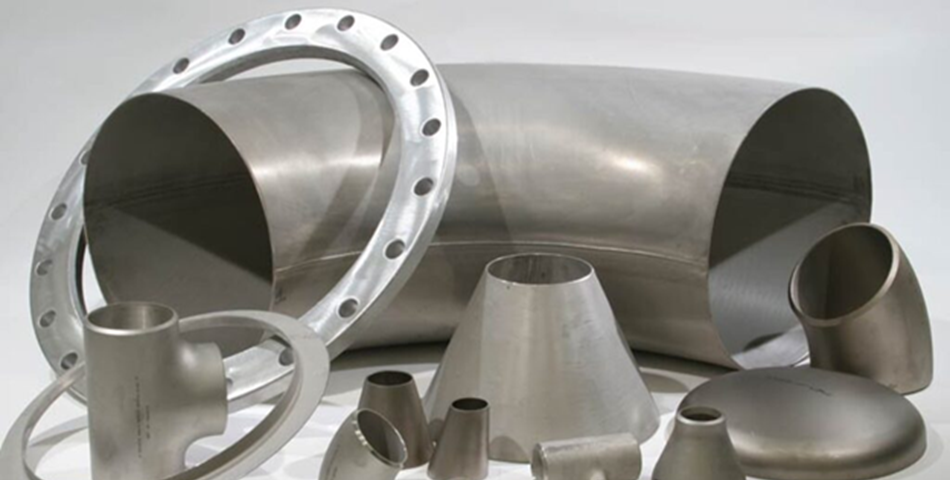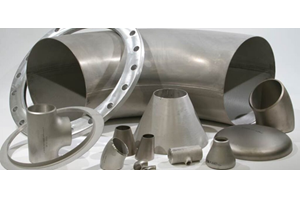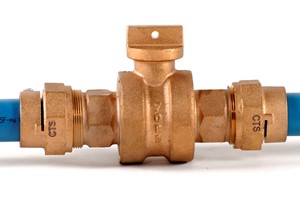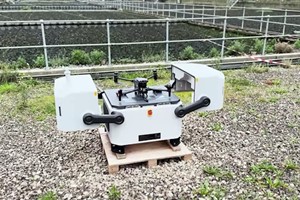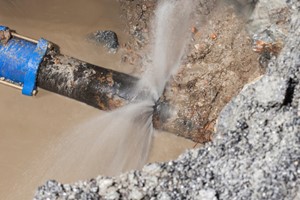Even those new to the world of industrial equipment know that there are different types of fittings.
But what exactly are we referring to by this term?
Very trivially, fittings could be defined as joining and connecting elements between pipes.
Their uses are diverse, ranging from a wide variety of industrial fields – automotive, plant engineering, plumbing – to more common, domestic uses.
They are also known by other definitions: couplings, joints or, in a more basic way, connections.
Depending on their use and practicality, we can identify different types.
Instantaneous Fitting
Instant fittings, also called quick-connect fittings, are those that provide a high guarantee and stability in terms of connection.
From a practical point of view, they certainly represent a great convenience.
They are designed in cases where frequent assembly and disassembly work is required: this is without even considering the use of tools.
There are many sub-types of instant fittings; but let’s go slowly.
Where one opts for this type of fitting, it is indeed possible to choose between interlocking, pressed (crimped) and threaded fittings.
A further classification can be made on the basis of their tightness.
A seal that can be of different types:
Washer-shaped. Used mainly for polymer pipes. Very convenient since, once the threaded or welded pipe is inserted into the fitting, it can be released by simply pressing a button.
Clamp-style. A rather stable and rigid type of seal, used mainly with grooved metal pipes, and perfect for harsh and difficult environments where high pressures are involved.
Inverted clamp. They provide a double seal and, again, show particular strength in harsh environments with very rigid pressures.
Since this type of fitting shows itself to be particularly onerous, it would be preferable to employ it in cases where it is really needed: where it is necessary to assemble and disassemble with some ductility.
Otherwise, a screwed fitting would be recommended.
The Threaded Fitting
This type of fitting also proves to be extremely practical and fast in assembly and disassembly work.
Of course there are more precautions and conditions to be observed.
These are fittings whose connection is ensured by a non-permanent screwing operation.
Since a wrench is required during disassembly, it would be advisable to employ this fitting when maintenance work is occasional.
When opting for a threaded fitting, care should be taken to ensure that it exhibits compatibility with the existing thread.
The most common thread is the right-handed, clockwise thread; but there is the left-handed thread, which is instead used in gas cylinders or in those cases where there is a risk that the right-handed thread may loosen.
Important in order to have an idea of what the standard designations of the various threads are:
- SO metric threads;
- UN American thread;
- NPT American thread
- BSP thread.
Weld and crimp fittings
From an economic point of view, having no special sealing systems and mechanical elements, weld fittings are definitely the most advantageous.
They are used mainly in permanent installations, which do not require frequent assembly and disassembly.
They exhibit special wear resistance; however, their installation is not the easiest one and always requires the intervention of an experienced hand.
Symmetrical Guillemin fittings
Their use is quite wide.
They are used in the chemical, food and petrochemical industries; but also in agriculture and transportation.
They generally consist of two symmetrical elements connected by a rotation mechanism.
Assembly is accomplished by employing multiple techniques: welding, male and female threading, and cotter pin.



